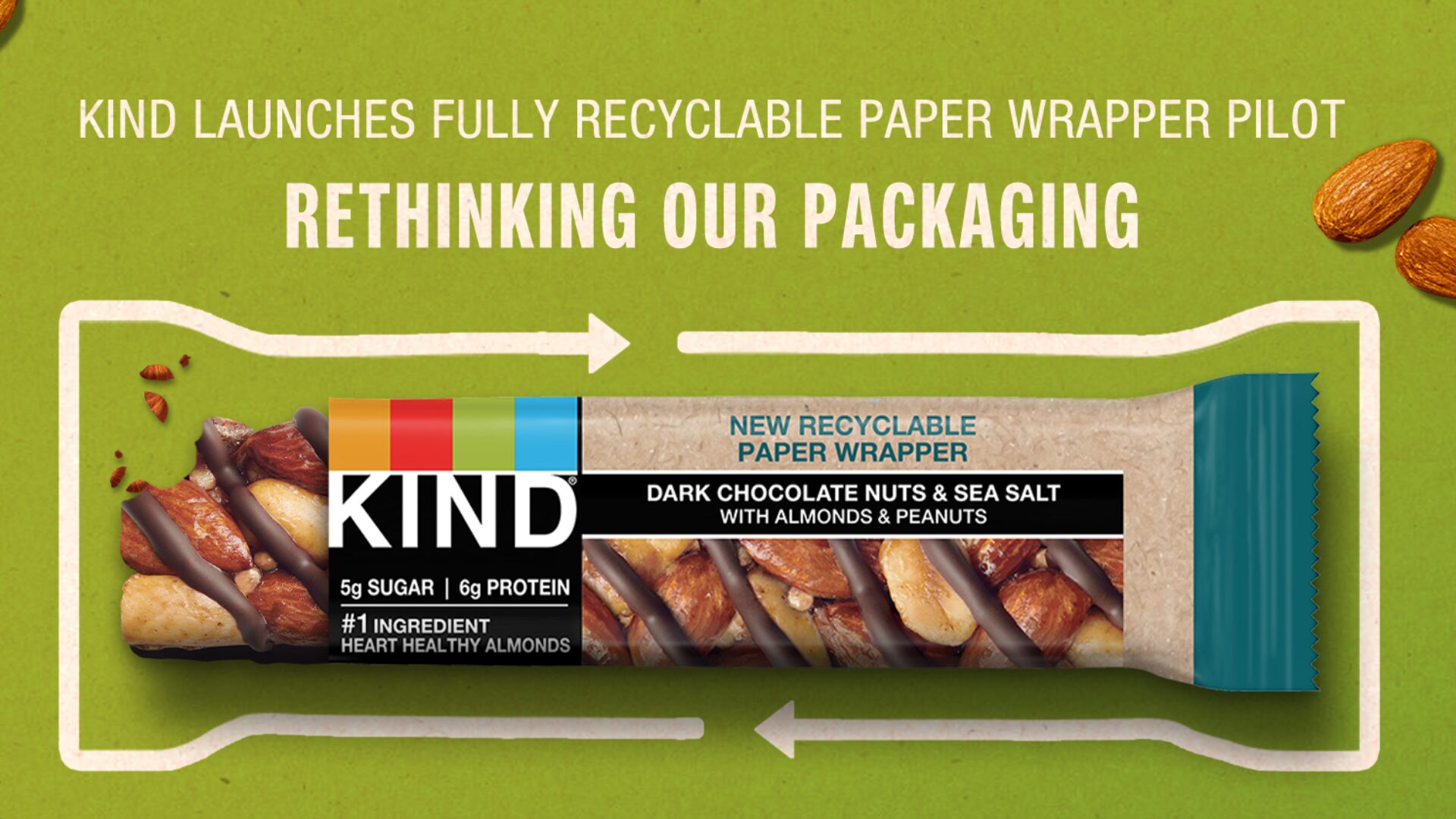Would you eat lab-grown lobster?
Cell-cultured seafood — protein produced directly from fish cells in nutrient-dense bioreactors — is getting ever closer to consumer’s plates.
Investments in alt-seafood startups have seen an uptick over the past two years, largely in response to mounting sustainability concerns, including the global warming of oceans, overfishing, and a growing world population.
Market Developments
In March, the National Fisheries Institute (NFI) and the Alliance for Meat, Poultry and Seafood Innovation urged the FDA to adopt and memorialize the sole use of the term “cell-cultured” to support uniform labeling within the seafood category.
In April, Cultured Decadence raised $1.6 million in pre-seed financing to develop its cell-cultured lobster in Wisconsin.
In January, California-based producer BlueNalu closed a $60 million funding round, building upon a $20 million Series A round of financing from the previous year. The company’s currently focusing on finfish including mahi mahi, red snapper, tuna, and yellowtail.
“National governments are increasingly concerned about food security and are thus providing support to this new sector,” Lou Cooperhouse, CEO of BlueNalu told The Food Institute in a recent interview.
Technological Hurdles
While technological advancements have been considerable since the first cell-cultured meat product was demonstrated in 2013, Cooperhouse notes that a series of challenges remain for businesses like his, including:
- Engineering: The manufacturing processes for large-scale production, with a reduced cost of goods, has not yet been demonstrated by any cell-cultured seafood company.
- Regulatory Challenges: Several nations are working to define a methodology for manufacturing and selling cell-cultured protein to the public. Currently, Singapore is the only country that has introduced cell-cultured proteins into the market.
- Supply Chain Issues: The industry requires food-grade GRAS raw materials.
Consumer Reception
According to a study from researchers at the University of California-Santa Barbara, getting consumers to choose cultured seafood over wild-caught fish could be a significant hurdle.
“The ability to sample the product, it’s relative advantage over the item it intends to replace, and how well it suits consumer habits and values all affect the likelihood it will be adopted,” said lead author Ben Halpern.
BlueNalu’s preliminary research has shown consumers to be generally receptive to the new protein, Cooperhouse insisted.
“Both consumers and foodservice operators are excited to see seafood products that are healthy for people, humane for sea life, and sustainable for our planet,” said Cooperhouse. “We have also received considerable interest abroad, through strategic partnerships, particularly in Asia where seafood consumption is the highest globally.”
Accessibility Outlook
While multiple factors will ultimately dictate how quickly consumers can shop for cell-cultured seafood, startups are mapping out their timelines for market launch.
“We plan to introduce our initial cell-cultured seafood products in a small market test in southern California during 2022, pending FDA review,” said Cooperhouse.
BlueNalu’s first large-scale facility in southern California is also slated for completion by 2025.











